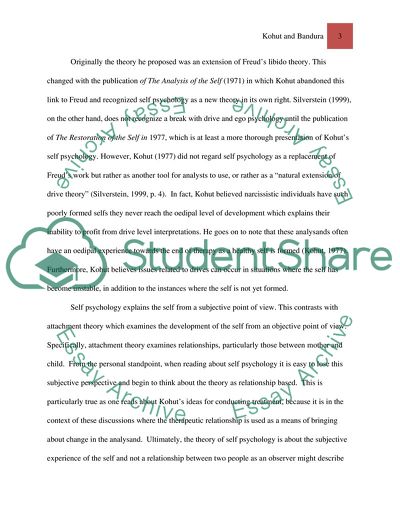Cite this document
(An Emotionally and Psychologically Corrective Experience in Patients Research Paper, n.d.)
An Emotionally and Psychologically Corrective Experience in Patients Research Paper. Retrieved from https://studentshare.org/psychology/1737188-psychology-main-theoretical-concepts-of-heinz-kohut-and-albert-bandura
An Emotionally and Psychologically Corrective Experience in Patients Research Paper. Retrieved from https://studentshare.org/psychology/1737188-psychology-main-theoretical-concepts-of-heinz-kohut-and-albert-bandura
(An Emotionally and Psychologically Corrective Experience in Patients Research Paper)
An Emotionally and Psychologically Corrective Experience in Patients Research Paper. https://studentshare.org/psychology/1737188-psychology-main-theoretical-concepts-of-heinz-kohut-and-albert-bandura.
An Emotionally and Psychologically Corrective Experience in Patients Research Paper. https://studentshare.org/psychology/1737188-psychology-main-theoretical-concepts-of-heinz-kohut-and-albert-bandura.
“An Emotionally and Psychologically Corrective Experience in Patients Research Paper”, n.d. https://studentshare.org/psychology/1737188-psychology-main-theoretical-concepts-of-heinz-kohut-and-albert-bandura.


